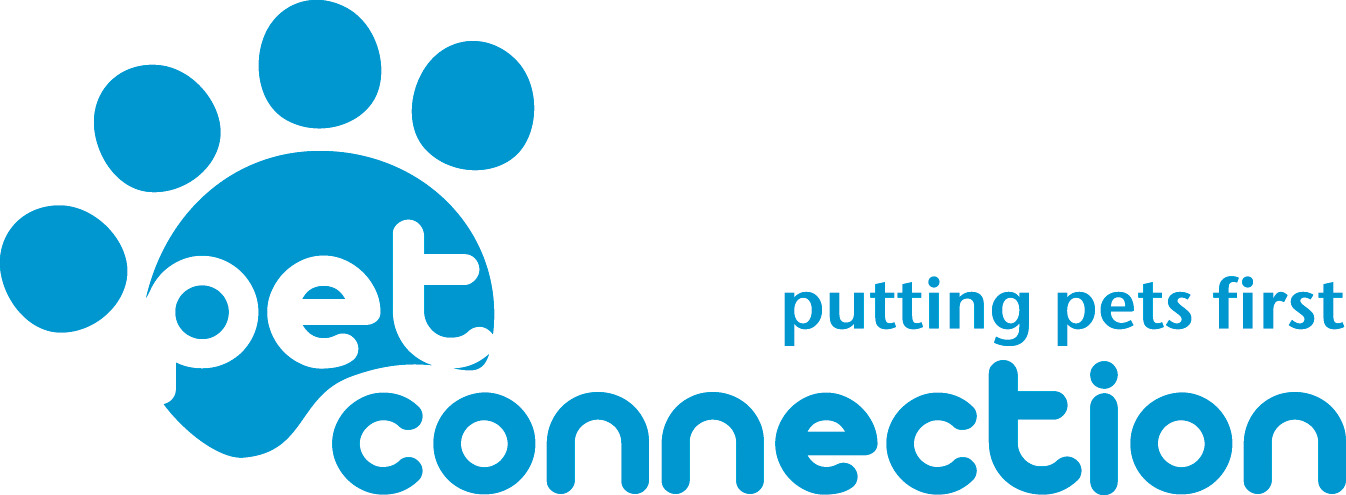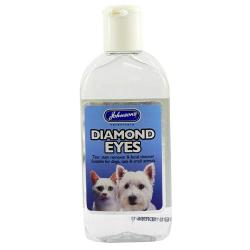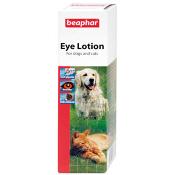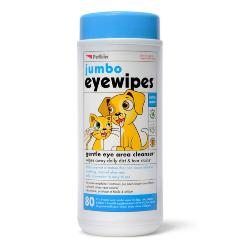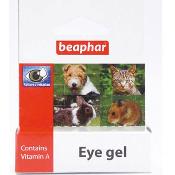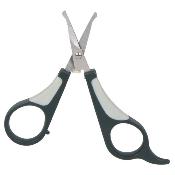 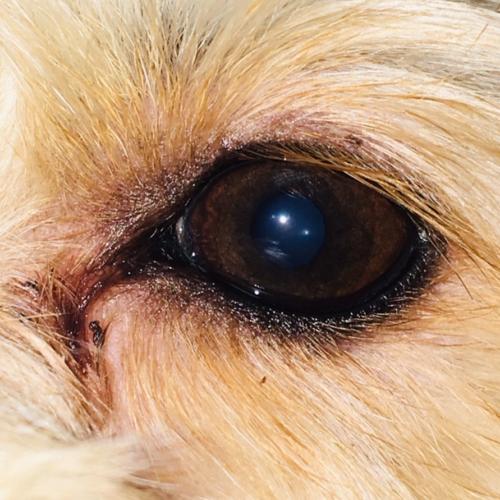 Tear stains are usually caused by dye molecules called porphyrins which are iron-containing molecules, produced when the body breaks down red blood cells. Porphyrins are primarily excreted through bile and the intestinal tract, but in dogs a significant amount of porphyrin is also excreted through tears, saliva and urine.
Certain breeds of dogs are more susceptible to tear stains, or it can simply be a case of a particular dog being predisposed towards getting tear stains.
Stains appear when tears or saliva containing porphyrins sit on white fur for any length of time and, while all dogs produce porphyrins, the staining is particularly noticeable on lighter coloured hair. The stains also tend to intensify and darken when the dog has been exposed to sunlight.
Some dogs also produce more porphyrins than others, often as a result of a low level, chronic bacterial infection. In these cases, antibiotics may be required.
Other dogs have brown staining on the face, which is not a result of more usual tear staining. These can appear as a result of a yeast infection secondary to poor grooming maintenance, such as the eyes being chronically wet with tears, due to the owner not cleaning the dog's face and keeping their fur trimmed.  The cause of tear stains can usually be attibuted to health issues, shape of the eye, blocked tear-ducts, puppy teething, ear infection or allergies (either food or environmental). Therefore, if your normally clean faced dog develops extreme tear staining all of a sudden, consult with your veterinarian to rule out any underlying health concerns.
In regards to the dog's diet, tear stains are believed by some to be exacerbated by poor quality food which may contain unsuitable ingredients and chemical additives, overfeeding (even of high quality food), an excessive intake of protein and fat (both produce more waste in the body than carbohydrates) and food allergy/intolerance (which cause inflammation, cell damage and production of toxins).
Some breeds are more prone to tear stains than others, simply due to the shape of their faces. Conformational issues which can make tear staining worse include shallow eye sockets (if the eye sockets aren’t big or deep enough, tears can spill out onto the fur around the eyes), eyelids that are turned inward (if the eyelids roll in toward the eyeball, the drainage holes for tears (called puncta) may become blocked), hair growth around the eye (if hair grows too close to the eye, it can wick tears away from the eye and onto the face) and blocked tear drainage holes (puncta). Previous eye infections or eye damage can cause scar tissue to form, blocking some of the drainage passages for tears.  The success of treatments is greatly affected by the reason why that particular dog has excessive tear staining. Minimising irrititation of the eyes, particularly in those breeds with shallow eye sockets and dogs with allergies, will reduce the amount of future staining. Keeping hair around the eyes clipped at a short length, and treating eye infections at early stages will also help. For certain eye problems, surgical intervention may be the only route to providing normal tear drainage.
Gentle products such as Diamond Eyes are excellent tools in the fight against tear stains, helping to remove engrained staining and preventing future build up. For old, stubborn cases, Diamond Eyes should be applied up to three times a day for at least 1 week. For less stubborn cases, apply every day with damp cotton wool. It is much more effective if you part the coat and apply the Diamond Eye at the base of the hair follicles, right next to the skin, and clean towards the tip of the hair with each stroke. Treatment should continue until stains are gone - improvements will be seen within weeks.
Regular, gentle washing of the face with eye wipes and warm water will help to reduce irritation and future tear stains. Beaphar Eye Lotion can be used to reduce inflammation around the eyes and maintain hygiene without causing damage to the delicate eye area. |
